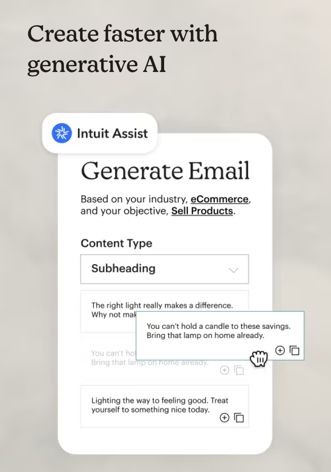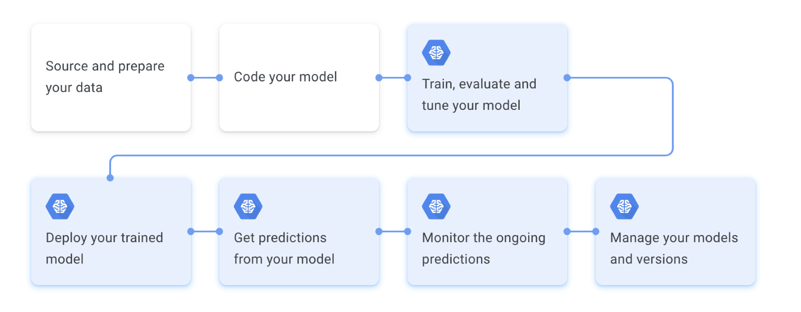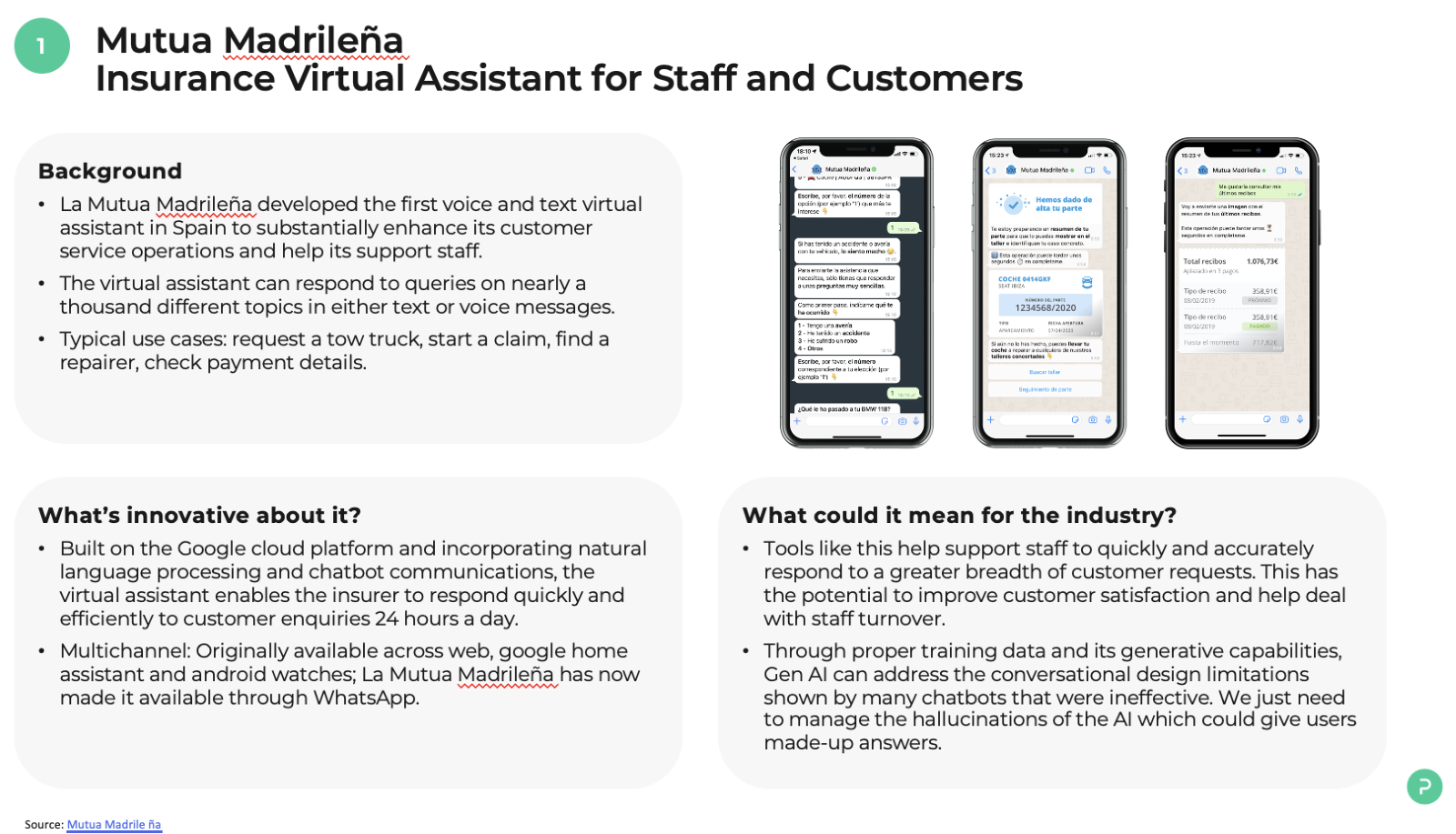The insurance industry is undergoing a transformation thanks to the rise of generative AI. This technology has the potential to impact the entire insurance ecosystem and create more efficient digital solutions from product development to distribution and customer experience. What's more, in this context, PALO IT recently released a report exploring seven key opportunities for insurers to realize value from AI today. So, let's begin by gaining a comprehensive understanding of what generative AI is and how it's molding the landscape of insurance distribution strategy.
Generative AI is a type of artificial intelligence that uses algorithms to create new content, such as images, text, and code. This technology is still in its early stages of development, but it has the potential to revolutionize personalization.
The Impact of Generative AI on Insurance Distribution
Generative AI is being used in a variety of ways to improve insurance marketing and distribution. Here are some foundational suggestions that offer the flexibility to tailor them to your specific needs, objectives, and audience. One note before we dive in, it's worth mentioning that almost every business is starting with non-customer-facing use cases, given they carry less risk. Consider that point when beginning your journey.
Personalized Content Creation and Recommendations
One way generative AI is changing the game in insurance marketing is through the creation of custom content. By analyzing customer behavioral data, it's possible to automate the creation and distribution of emails using Mailchimp, text messages through Twilio, and personalized push notifications with Pushwoosh for each customer based on their behavioral data.
By analyzing customer data and preferences, generative AI can create personalized product recommendations tailored to each individual's needs and risk profile. This information can be made available to both staff and customers, helping to ensure that customers are presented with the most suitable insurance products for their specific needs.
Generative AI can also be used to simplify product information, breaking down complex concepts into simpler, more digestible formats for both customers and staff. This can help customers better understand the insurer's offerings and make informed decisions, while also improving staff's ability to effectively communicate product information to customers.
 (Source: Mailchimp)
(Source: Mailchimp)
Data Analysis for Automated Decision-Making
Generative AI is a tool that can help insurance companies analyze large amounts of data (Big Data) to identify patterns and trends. This information can be used to improve products and services, as well as for automated decision-making.
For example, an insurer could use Generative AI to analyze insurance claims data to identify risk using Google Cloud Platform AI Platform. This information could be used to enhance risk prevention and claims processes.
AI in insurance industry can also be used to create predictive and prescriptive models that can make automated decisions, such as with Microsoft Azure Machine Learning. For instance, a predictive model could be used to recommend insurance products to customers based on their needs and preferences.

(Source: Google Cloud Platform AI Platform)
Brainstorming Campaign Strategies
Generative AI is a tool that can help executives and marketing agencies quickly generate creative and effective ideas for insurance marketing campaigns.
To use it for brainstorming, marketing professionals can provide prompts such as ChatGPT. For example, a prompt could be "Generate creative ideas for an insurance marketing campaign targeting millennials." The AI model would then generate a list of ideas that marketing professionals can use to create more relevant and effective marketing campaigns.
Furthermore, different prompts can be used and iterated to generate a conversation that creates new proposals and quickly adjusts the direction of a campaign based on specific market data.
%2016.25.41.png?width=2958&height=1592&name=Captura%20de%20pantalla%202023-10-24%20a%20la(s)%2016.25.41.png)
AI-Powered Virtual Assistants
AI-powered virtual assistants are revolutionizing insurance marketing by offering more effective and personalized communication. These AI chatbots can respond to customer inquiries, provide information about policies, and assist with claims management, ensuring uninterrupted customer service and an enhanced customer experience.
To implement AI-powered virtual assistants in insurance marketing, companies can turn to tools like Google's Dialogflow that allow the creation of highly customizable virtual assistants that can interact with customers in real-time and collect data to provide more accurate responses and recommendations.
Additionally, businesses have the opportunity to develop custom virtual assistants tailored to their specific needs and objectives. This can involve collaborating with AI development teams or utilizing platforms to design a virtual assistant that aligns perfectly with their brand and services. An example of this is Mutua Madrileña, which has successfully created its insurance virtual assistant:

Conclusion
The future of insurance marketing lies at the intersection of technology and personalization. Generative AI is driving efficiency, personalization, and trend anticipation, which is causing a stir in the industry. As insurance companies continue to adopt this technology, consumers can expect a more personalized and efficient experience, while the insurance industry prepares for an exciting and disruptive future.
To learn more about the possibilities of AI in insurance industry, we invite you to consult our report: